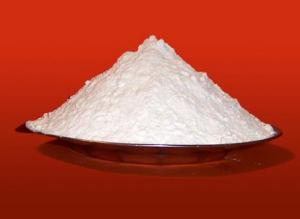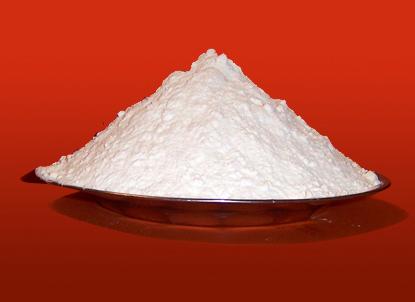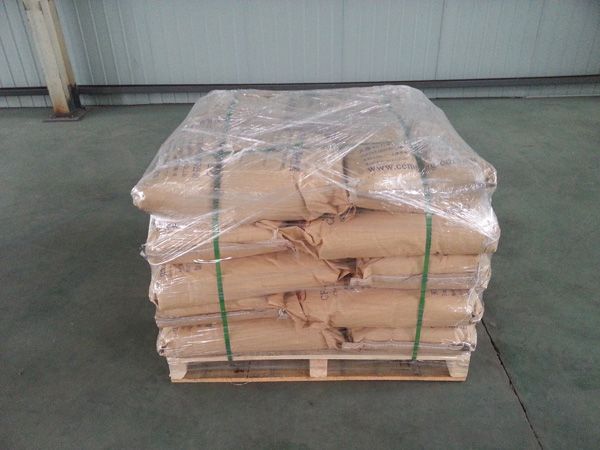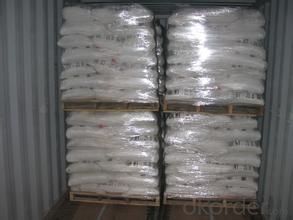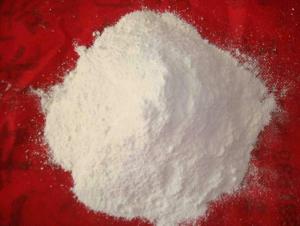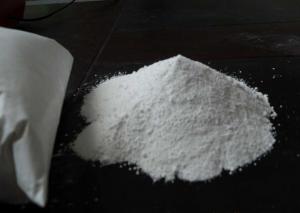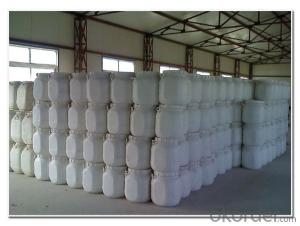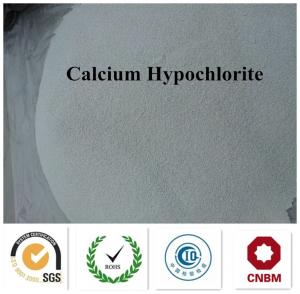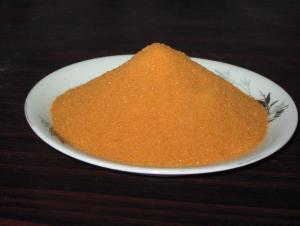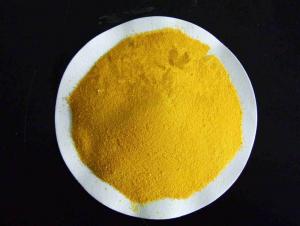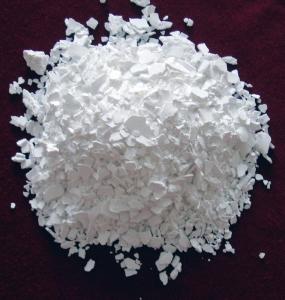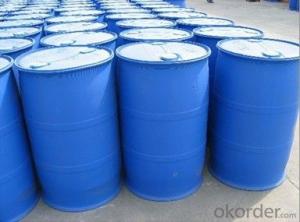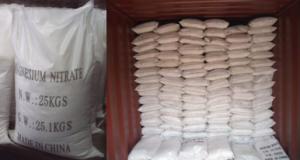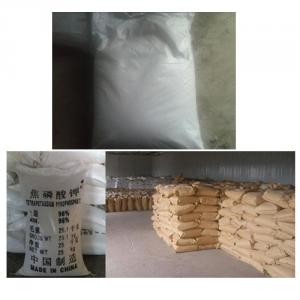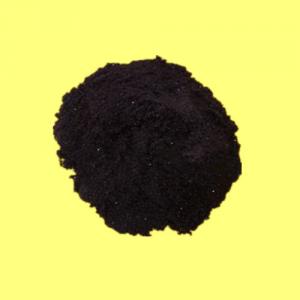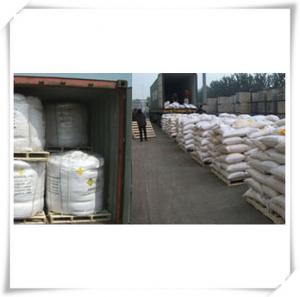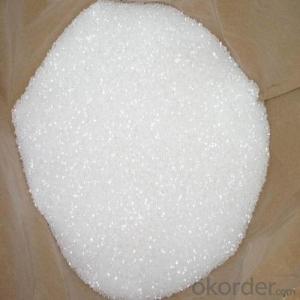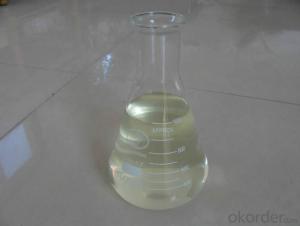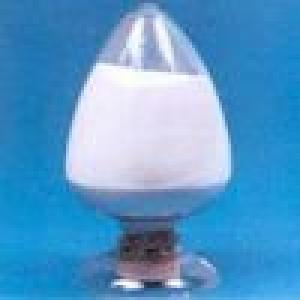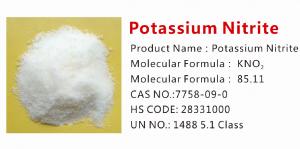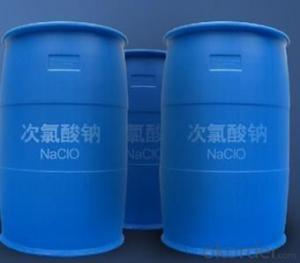Zinc Chloride Chemical Additives Powder
- Loading Port:
- China main port
- Payment Terms:
- TT OR LC
- Min Order Qty:
- 1000 kg
- Supply Capability:
- 500000 kg/month
OKorder Service Pledge
OKorder Financial Service
You Might Also Like
Zinc Chloride
Product Name: Zinc Chloride
Molecular Formula: ZnCl2
Molecular Weight: 136.29
CAS NO.: 7646-85-7
HS CODE: 2827399000
UN NO.: 2331 8 Class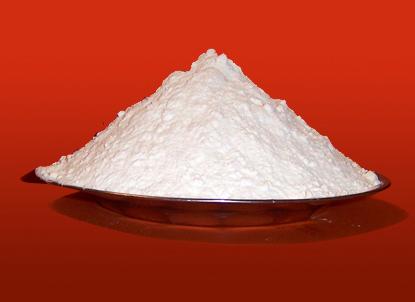
Standard: GB1625-79
| Item | Specification | |
| Battery Grade | Industrial Grade | |
| Zinc Chloride content %≥ | 98.0 | 97.5 |
| Hydrochloric soda content (as ZnO) % | 1.8-2.2 | 2.2 |
| Sulphates (as SO4)content%≤ | 0.01 | 0.01 |
| Barium (Ba)content%≤ | 0.1 | 0.1 |
| Ferrous(Fe)content%≤ | 0.0005 | 0.001 |
| Heavy Metals(as Pb)content%≤ | 0.0005 | 0.001 |
| Zinc Corrosion test | Acceptable | - |
Applications:
It is mainly used in battery industry as raw material, dehydratror and catalyst in synthesis industry and
mordant, mercerizator, starch gum and preserving in dyeing industry.
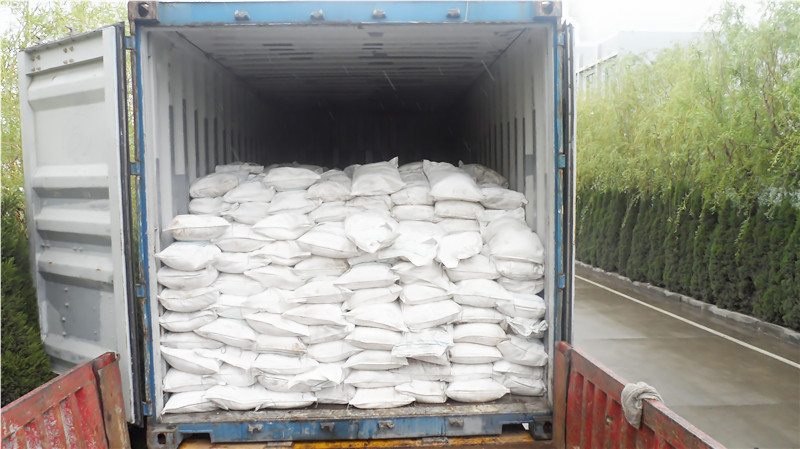

Packing: 25kg/ 50kg P.P.vacuum bag 50kg pasteborad bucker/galvanises drums from inside ect .
FAQ
1.Q: What is MOQ?
A: Our MOQ is 1 TON.
2.Q: Could you offer free sample?
A: We can provide free samples to you for quality testing.
3.Q: What about your packing?
A: For liquid: Flexitank, or IBC tank 1000L
For powder:Woven fabric bag with plastic film liner( 25kg or 1000kg)
Clients’ packing is workable.
4.Q: How about your productive capacity?
A: 150000 tons/Year.
5.Q: What is your delivery time?
A: Within 7 days after received deposit or L/C at sight.
- Q: and what are the kinds of organic compounds?..pls. help me abt. this..thanks!..(^_^)
- Organic compounds are anythng with carbon C in them. Acids or bases can be organic or inorganic depending on if they have a carbon atom in them. Salts result from a reaction of an acid and a base e.g. Sodium chloride NaCL results from a reaction of HCL and NaOH i.e. HCL + NaCL = NaCL + H20. A reaction involving an acid and a base results in a salt and water as shown above. So compounds are organic if they have carbon in them, including the oxides
- Q: How does inorganic salts maintain osmotic pressure and pH
- PH ~ inorganic salts of carbonates bicarbonate, hydrogen phosphate / dihydrogen phosphate, can help regulate the pH value of the internal environment, even if the external environment Zoumu changes, the environment will not change too fast, there will be a Buffer room
- Q: Where are the parts of the bryophyte absorb water and inorganic salts?
- Moss moss moss, moss Gang, moss root through the fake root absorption, that is, the use of cell penetration technology, moss Gang has evolved out of the root, so you can directly through the relatively low roots to absorb Oh
- Q: What is the most important inorganic salt in plant growth?
- The inorganic salts required by plants are nitrogen, phosphorus and potassium containing inorganic salts, and if any lack of plants will affect the normal growth of plants, nitrogen is a component of many important organic compounds in the body, such as protein, nucleic acid, chlorophyll , Enzymes, vitamins, alkaloids and some hormones contain nitrogen. Nitrogen is also the basis of genetic material in all organisms, the most important protein, it is often in the center of metabolic activity.Now is to limit the growth of plants and the formation of the primary Factor. It also has a significant effect on improving the quality of the product.K2 is dissolved in the plant juice, and its main function is related to the metabolism of the plant.The content of phosphorus in the plant is second only to nitrogen and potassium, Phosphorus plays an important role in plant nutrition. Almost all important organic compounds in plants contain phosphorus. Phosphorus is involved in photosynthesis, respiration, energy storage and delivery, cell division, cell enlargement and other processes in plants.
- Q: Why inorganic salt waterproof coating does not apply to roof waterproofing
- Inorganic salts are generally in the form of waterproof agent, generally mixed with cement quality of 3-5 percent, Jiangxi Nanchang rhyme waterproof material factory
- Q: What are the disadvantages of inorganic salt deficiency and too much
- hyperphosphatemia, can cause secondary hyperparathyroidism, calcium and phosphorus deposition changes, vitamin D metabolic disorders, an important factor in renal bone disease, and coronary artery, heart valve calcification and other serious cardiovascular complications;
- Q: Common inorganic salt ions will appear when the corresponding symptoms
- Zinc ion: growth and development, taste development disorders
- Q: What is the difference between "organic salt" and "inorganic salt"? What is the difference between "organic salt" and "inorganic salt"?
- Inorganic salts are inorganic acids (hydrochloric acid, sulfuric acid, nitric acid) with alkali generated by the reaction of the salt is called inorganic salts. Inorganic salts are salts that do not contain carbon, and organic salts are carbon-containing but do not include carbonates.
- Q: What does salt form when it dissolves?
- Most inorganic salts are ionic in nature and therefore it will dissociate in ions. For example Copper sulphate will dissociate in Cu+2 and SO4 -2 ions. If the dissociation energy of the salt is too high, it will remain partially or completely as salt in the solution. large number of organic salts do not dissociate completely and the solution will contain Ions and salt - both.
- Q: The power of the water and inorganic salts in the plant is derived from the action of the plant
- Mainly transpiration
Send your message to us
Zinc Chloride Chemical Additives Powder
- Loading Port:
- China main port
- Payment Terms:
- TT OR LC
- Min Order Qty:
- 1000 kg
- Supply Capability:
- 500000 kg/month
OKorder Service Pledge
OKorder Financial Service
Similar products
Hot products
Hot Searches
Related keywords
